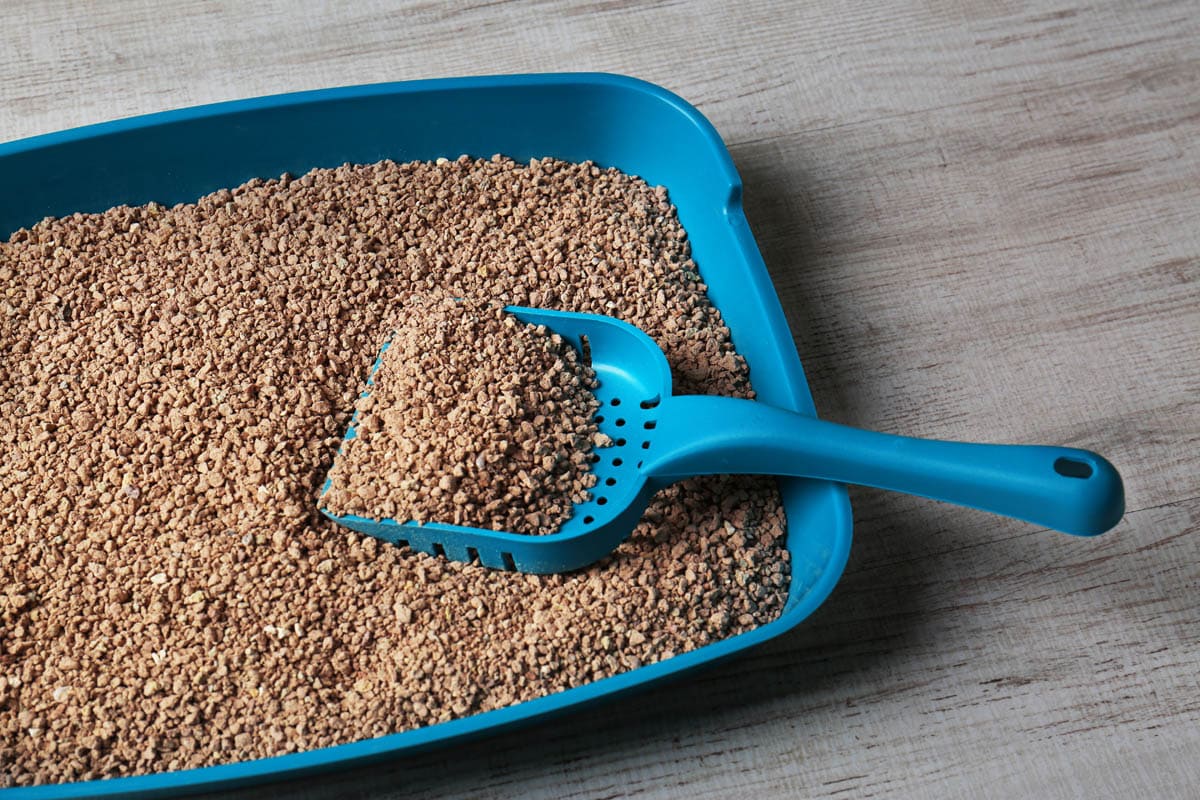Cats urinate outside of the litter tray for a number of reasons, some behavioural, some medical. Before I go into the possible reasons your cat is urinating outside the litter tray.
The first question you have to ask is has this behaviour suddenly started or has your cat always urinated in other spots? If it’s new behaviour, there is a good chance that the problem is medical.
Medical causes
- Cystitis
- Bladder stones
- Bladder infection
- Urinary tract infection
- Kidney stones
- Declawing pain
- Pain from arthritis can make it difficult to access the tray.
All of these (bar declawing and arthritis) can cause a feeling of urgency in your cat, who may not make it to the litter tray in time.
Another cause of litter tray refusal for medical reasons is if your cat is experiencing pain when urinating, he will often start to associate the litter tray with pain, and start going elsewhere.
Symptoms
As you can see, almost all of the above medical conditions relate to the urinary tract (which is logical), other symptoms may also be present, including:
- Blood in the urine (hematuria)
- Licking the genitals
- Crying in the litter tray
- Abdominal pain
- Abdominal swelling
- Fever
- Lethargy
If you notice any of the above symptoms, seek veterinary attention. Some of these conditions can eventually lead to a complete blockage, which is life-threatening. Finding the cause and treating it should help resolve the problem with urinating outside the litter tray. Most urinary tract problems are treated by removing stones (if they are present), and putting your cat on a “prescription” diet. Increasing water intake also plays an important role as it helps to ensure the urine is dilute.
Behaviour
Next is behavioural, again, ask yourself if this is new behaviour or has it always been occurring? If it’s new, have there been any changes? Cats are creatures of habit, they don’t adapt well to change. Common behavioural reasons your cat may be urinating outside the tray include:
- Household changes, moving house, new baby, housemate etc.
- Dirty litter tray.
- Change in type of cat litter being used.
- Other household cats bullying.
- Unhappy with the location of the litter tray. For example, cats don’t like to go to the toilet close to their food bowls.
Determining the cause
Finding out why your cat is not urinating in the litter tray is vital in order for you to make the necessary changes.
Stress
If there has been a change in your household, try to spend time with your cat so he feels safe and secure. Keep your routine as normal as possible. Feliway is a product that mimics the cat’s natural pheromone (feel-good hormones) and is often recommended for cats who are stressed. Extremely stressed cats may benefit from short-term medication, which will be prescribed by your veterinarian.
Other signs of stress may include hiding, withdrawing, over-grooming, aggression, excessive vocalisation. If you notice any change in your cat’s behaviour, schedule an appointment with the veterinarian. It may be stress, but all of the above signs can also be indicative of an underlying medical disorder.
Litter trays
Cats are fastidiously clean animals, if the litter tray is dirty, he is likely to refuse to use it. Urine and feces should be removed from the litter tray at least once a day, twice is better. The tray should be completely emptied, disinfected and refilled with fresh cat litter once a week.
As a rule of thumb, you should have one litter tray per cat, plus one extra. So, if you have two cats, you should have three litter trays.
Litter trays location
The location of the litter tray is important too, especially in multi-cat households with one cat who is more dominant. Cats like privacy when using a litter tray, but they also like to feel they have an escape route. If they feel they are cornered in the litter tray, they will often find a more suitable (to them) location, where they feel less vulnerable. The tray should not be in close proximity to your cat’s food and water bowls.
If you have an older cat, add a litter tray to each floor of the house. Old cats are prone to stiffness and pain from arthritis and shouldn’t have to traipse upstairs to go to the toilet.
Litter tray selection
Choose the type of litter tray carefully. Provide kittens with small trays that have low sides. Senior cats who are arthritic will also need low sides so that they can climb in and out of the tray easily.
Cat litter choice
Try to stick to the same type of cat litter. I recently made the mistake of changing my kitten’s cat litter type (he was on the recycled pellets litter and I switched him to clay litter), he refused to use the litter tray. We back to the paper pellets and he went back to using the litter tray. I left him with that for a few more weeks and then switched him over to the clay with success. So give your kitten time to settle in before switching to the type of litter you prefer.
How to clean cat urine
A final note, if your cat has been urinating in other areas, you must clean these spots and remove all traces of odour. An enzymatic cleaner is the best to do this, you can purchase cat urine odour removers from your pet shop. Alternatively, you might want to try a homemade cat urine remover, for further information, read here.

